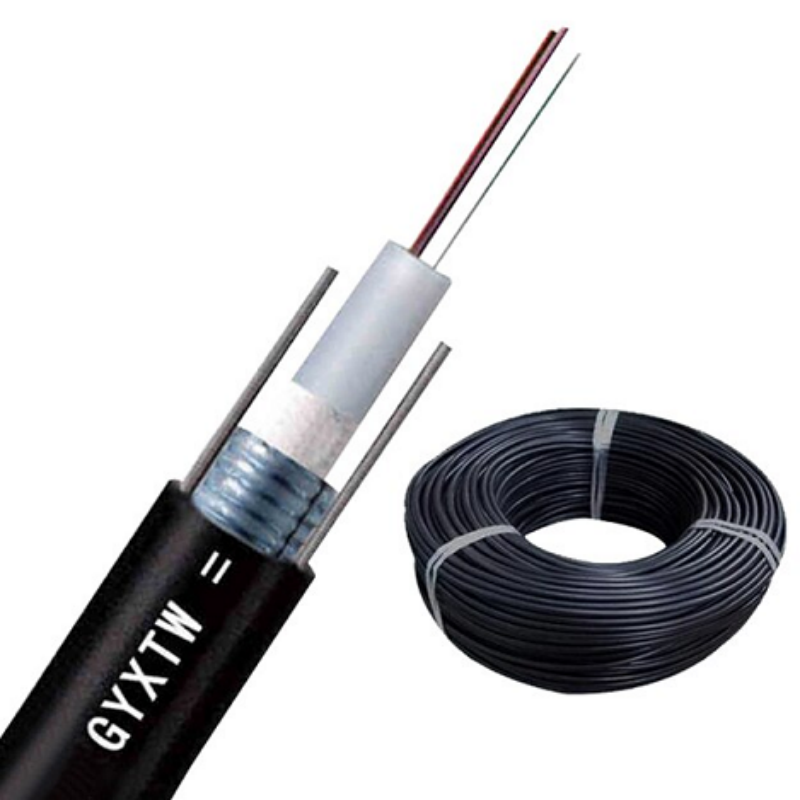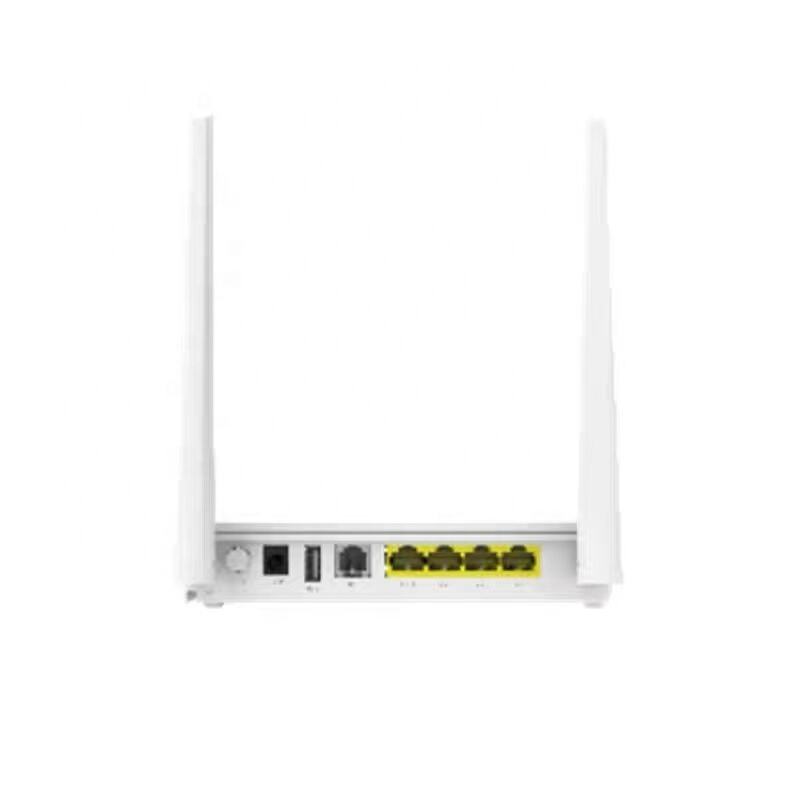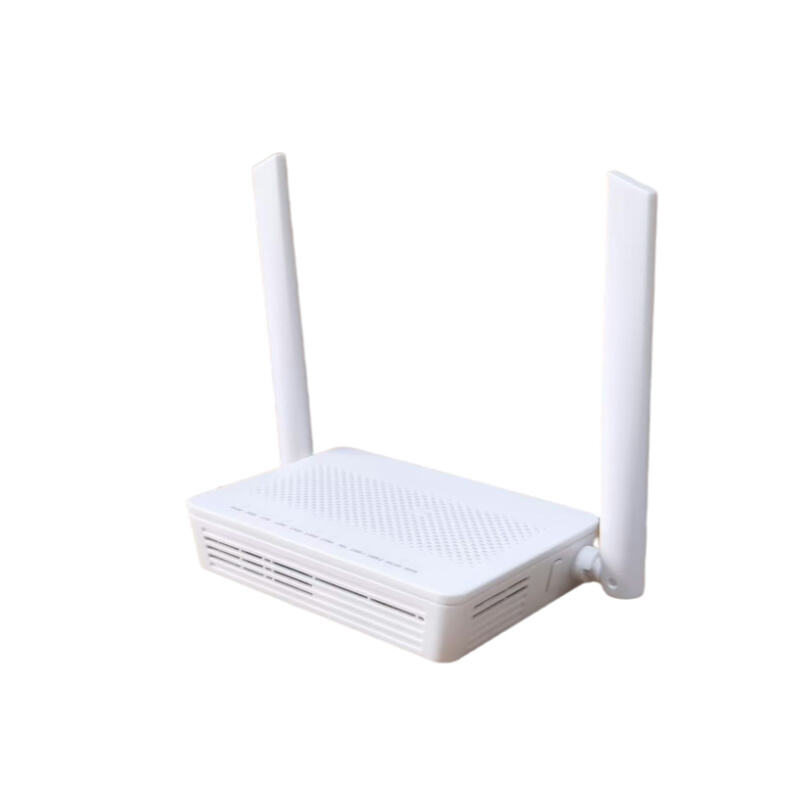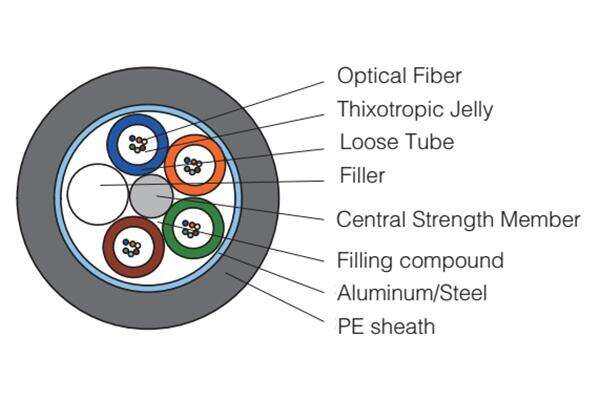underground communication cable
Underground communication cables serve as the backbone of modern telecommunications infrastructure, providing reliable and secure data transmission beneath the Earth's surface. These specialized cables are engineered with multiple protective layers, including moisture barriers, electromagnetic shielding, and robust insulation, ensuring consistent signal quality across long distances. The cables typically consist of fiber optic or copper conductors, capable of transmitting voice, data, and video signals at high speeds. They are installed through various methods, including direct burial, ducting, or tunneling, depending on local conditions and requirements. Underground communication cables offer superior protection against environmental hazards such as severe weather, vandalism, and physical interference. Their installation depth typically ranges from 2 to 6 feet, depending on local regulations and soil conditions. These cables are designed to maintain signal integrity over distances ranging from a few meters to hundreds of kilometers, making them essential for both local and long-distance communications. Modern underground cables incorporate advanced features such as water-blocking compounds, crush-resistant armor, and real-time monitoring capabilities, ensuring optimal performance and quick fault detection.












